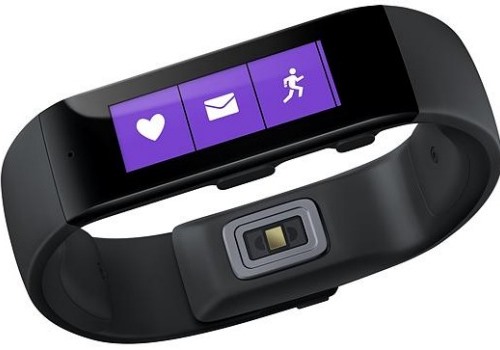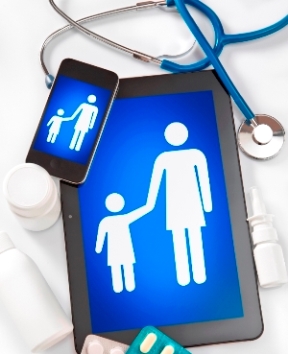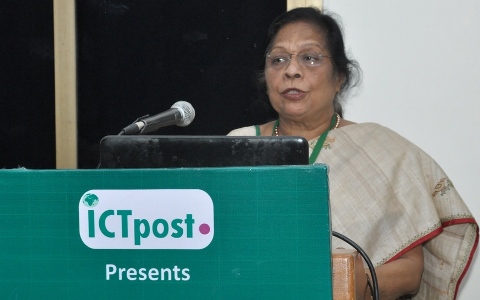- ICTpost Health IT Bureau
In Indian health care, many clinical practices are not based on good scientific evidence regarding an intervention’s impact on important outcomes or quality of care. Sometimes this occurs because evidence from well conducted, randomized controlled trials is not available. However, even when good evidence is available and there is strong consensus regarding the effects of an intervention, there is often inappropriate utilization of the intervention, resulting in suboptimal care.
IT is integral to achieving substantial quality improvement in healthcare. Here are some ways that health IT can improve the quality of care and enhance trust between the patient and the provider.
Healthcare’s focus on quality of care means the way many people view their care, and their interactions with healthcare providers, is going to change. Most people coming in [for a doctor’s visit] are being asked to change some aspect of their behavior. Health technology

. It can help automate some of the conversation, as well.
Why is it that the waiting room continues to be a labyrinth of paper forms to fill out, and any follow-up care always seems to be a scheduling nightmare? Technology here promises to help scale up the processes in a hospital or doctor’s office without taking up more time or requiring more manpower. They can’t add more workload to the staff. Technology can take over for clinicians when it comes to some of the more benign data capture and aggregation roles, for a start. Think about admission paperwork. People would rather fill those forms out at home.
Doctors can only do so much. If the patient doesn’t engage in his or her care, the quality of the outcome can be significantly reduced. This hurts everything from the patient to the practice’s bottom line. Practices that use technology to communicate with patients and stay connected with them about their care will see a higher rate of engagement. By delivering relevent information in the way the patient is most likely to engage with it, practices demonstrate that “they care and that visits are more than just transactions.
Vital to the success of health IT implementation is a constant watch on security. While holding one’s own organization accountable to rigorous security standards is crucial, the road does not end there. Organizations have to be aware of the vendors they choose. The reason for this is that, while an organization may attest to a certain level of standards, it is still liable for security if it contracts with another group. Being aware of the security of the larger ecosystem of which an organization is part is a way to quell data loss and enhance the trust of patients.editor@ictpost.com







